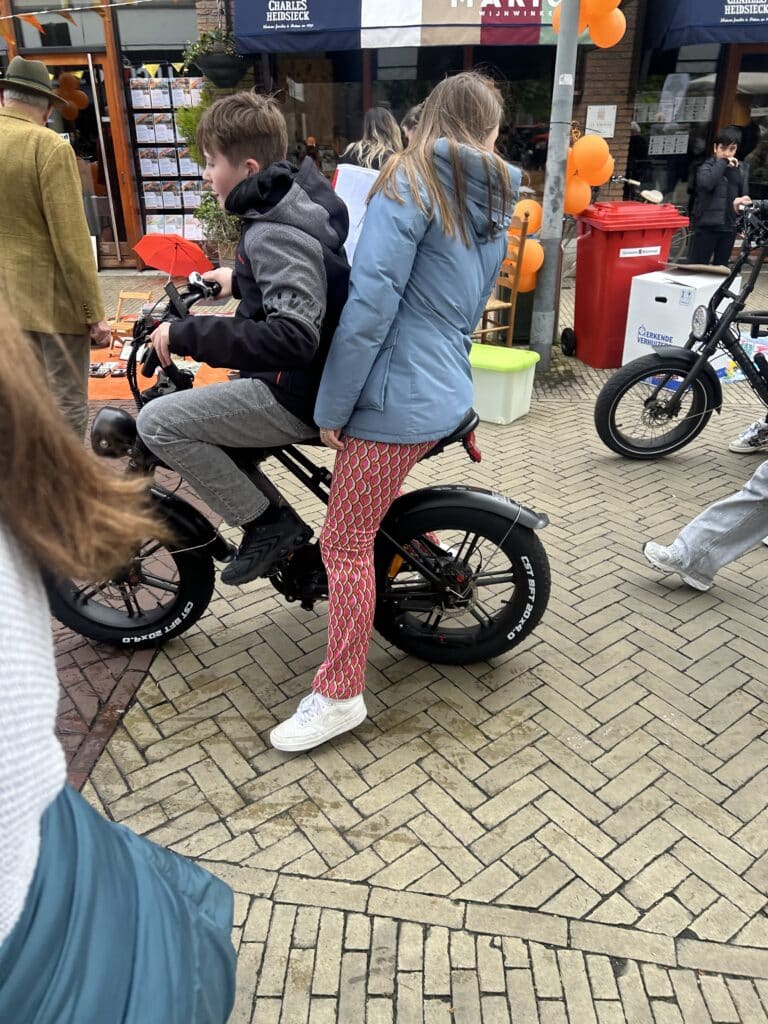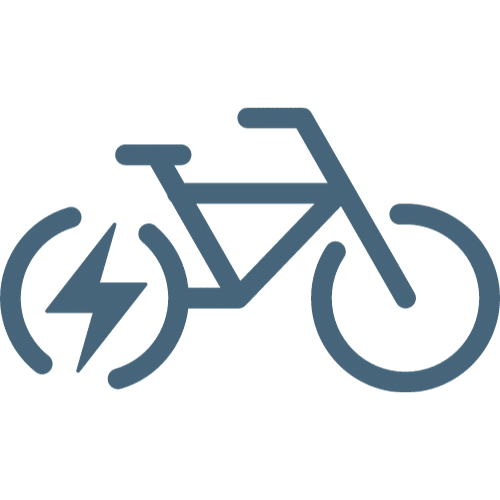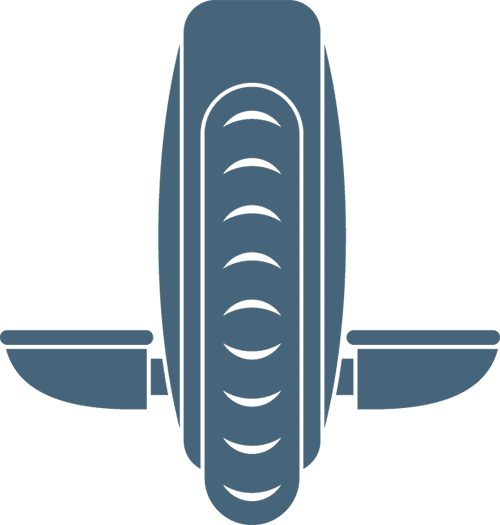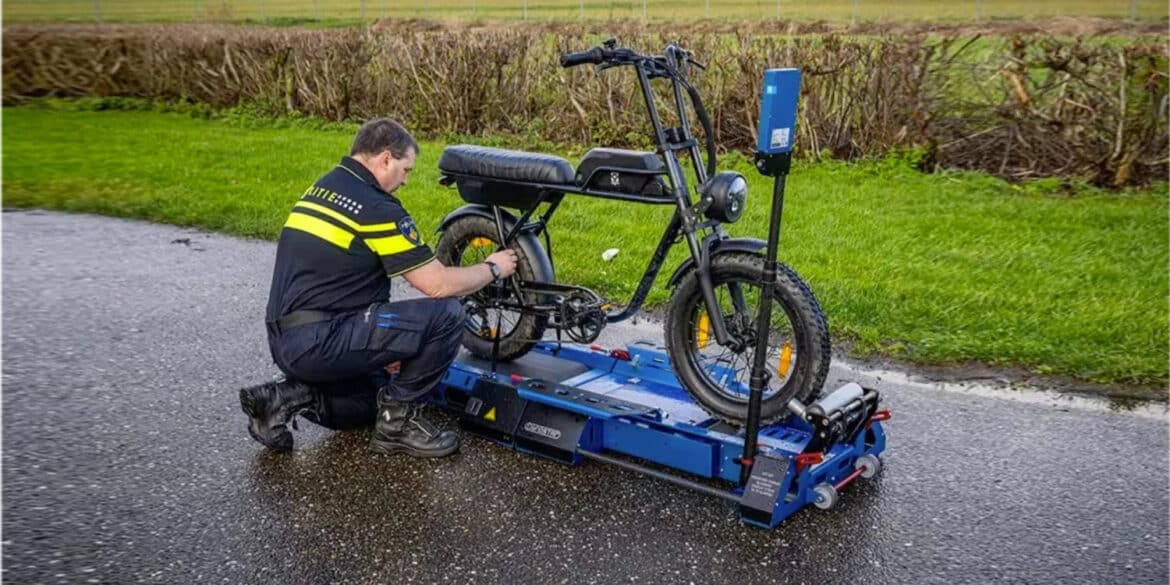While many European countries already have a surprisingly low bicycle speed limit of 15 mph (25 kph), recent legislation in Holland is taking things a step further, with a proposed maximum speed of just 12 mph (20 kph). This new change is largely coming in response to a recent uptick in higher-powered e-bikes (20 mph+) sharing the bike paths with pedestrians and lower-speed cyclists.
I recently travelled to Amsterdam, and while there I noticed that many kids and teens have taken to riding fat-tire e-bikes, which I know from experience can travel much faster than 20 mph.



There is ongoing beta-testing of “smart apps” that can alert riders of speed limits set specifically for cyclists on various sections of road. It is unclear, if this has the potential to take the place of the proposed the lower-speed legislation.
Some electric bikes come with EU-legal speed limits, but a lot of people use after-market products to tweak them to go even faster. Manufacturers and regulators are trying to crack down on this practice. Finding the right balance between speed and efficiency is tricky especially in places like Amsterdam where there are far more bikes than cars. Faster e-bikes are popular because they cut down travel time and are more efficient, but increasing the speed can make things less safe on already crowded bike paths.
One internet commenter provided their take: “I live in Amsterdam and the thing is that we have such a crazy amount of bikes on the road that it is starting to get dangerous on the bicycle path. On certain transit routes for bikes you have hundreds of bikes per minute during rush hour and that makes the difference in speed a real security problem. Also, there still are a lot of roads where the bicycle path is still relatively narrow, too narrow for the amount of traffic. Amsterdam is working on this and they are transforming whole roads to bicycle roads and closing them for cars. But that is not possible everywhere. So I would be in favor of limiting speed on those narrow bicycle paths, but not per se on the broad bicycle roads.”
As if lowering speed limits wasn’t enough – Dutch police have also started to find new ways to crack down on not only those who are breaking the speed limit, but also those who theoretically could break the speed limit. Introducing: the Dutch dynamometer. A Dynamometer typically records the power out put of larger vehicles, but the Dutch police have specifically created smaller versions to catch any cyclists whose e-bike motors have a power output of more than 250W.
To test an e-bike’s compliance, officers lock the front wheel into a machine and pedal it to its top speed to see at what point the motor cuts out.

The Freshly Charged Take
In our opinion, restricting e-bike speed is a little ridiculous when bikes are the cause of so few fatal accidents compared to cars. If we allow F-450s and Tesla Plaids on regular roads, why can’t we allow larger or faster e-bikes?
E-Bike Comparison Tool
Use our Freshly Charged E-bike Comparison Tool to evaluate this E-bike alongside more than 450 other E-bikes. Compare and organize bikes by factors such as price, pedal-assisted speed, battery size, weight, tire size, and more!








